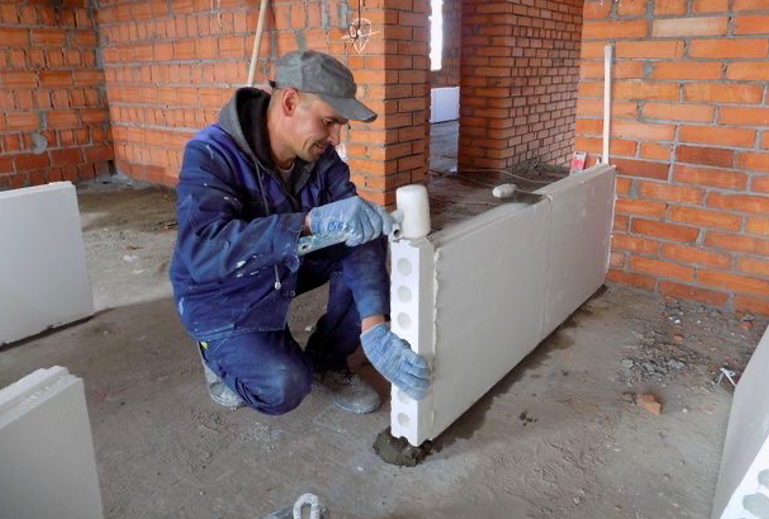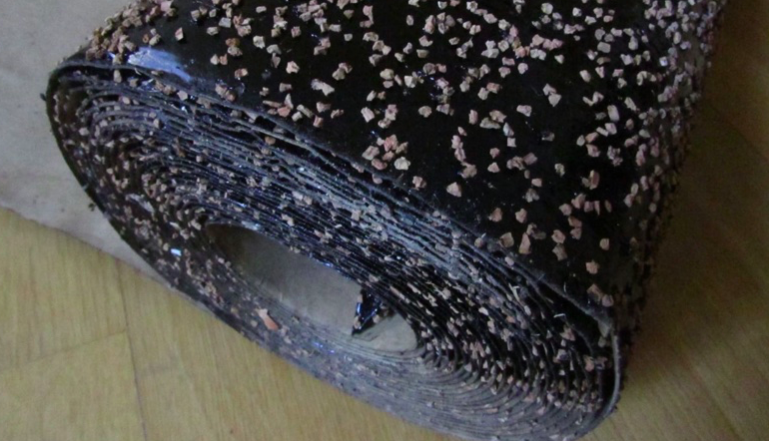Sound insulation of heating pipes is usually carried out using a special membrane with a layer of felt, which dampens extraneous sounds well. However, if this is clearly not enough, a box is built around the riser, inside which material is placed, for example, mineral wool. The main methods of noise protection and step-by-step installation instructions can be found in the presented article.

The content of the article
- Soundproofing materials
- How to make soundproofing: step by step instructions
Soundproofing materials
The sound insulation of heating pipes in an apartment depends on which material is chosen. The following are commonly used:
- Special foam rubber - easy to install, absorbs noise well, open installation is available. But it must be taken into account that with prolonged heating it collapses, so it does not differ in special durability.
- Shumoplast - granules on an elastic basis with a rubber additive and an acrylic binder. Noise insulation of radiators in an apartment is especially effective due to the high porosity of the granules. Moreover, they do not absorb moisture, so waterproofing can be abandoned. Gives a slight shrinkage within 5%, very durable, does not lose its properties even over the years. Easy to install, but requires at least 24 hours to dry completely.
- Noise insulation of the heating riser is also carried out with acoustic decorative plates. These are panels with internal perforation, outside they are covered with veneer of different colors. The material is environmentally friendly, does not emit harmful substances even during combustion. It is easy to install and quite effective, but it is significantly more expensive than many other varieties.
- Noise insulation of heating pipes in the apartment is also carried out with traditional materials, for example, mineral wool. This is a natural raw material that is completely safe and inexpensive. But you need to take into account that it retains heat, and if the heating is weak, it is better not to risk it. In addition, cotton wool is not resistant to moisture and requires mandatory waterproofing.
- Soundproofing of heating risers can also be done in a simple way - by gluing the membrane. It is fixed directly to the surface, and the joints are sealed with special foil-coated tape.
How to make soundproofing: step by step instructions
As a rule, the heating riser does not cause much inconvenience compared to the same sewerage or water supply pipes. Therefore, in most cases, the sound insulation of heating pipes is reduced to gluing them with a special membrane.
The step by step guide looks like this:
- Degreasing the riser and all jumpers with white spirit or acetone, wiping with a clean rag.
- Circumference measurement (pipe circumference).
- They take a pencil and mark it on a sheet of soundproofing material and cut it with a knife.
- They take the building level and draw a straight line along the riser (top to bottom).
- Glue the membrane, preferably with an overlap of 3-4 cm. If it has a layer of felt, it is slightly trimmed along the edges with a sharp blade.
- When they reach the bracket, a corresponding slot is made in the membrane.
- All joints are treated with foil-coated tape.

If the problem is acute, then the sound insulation of the heating riser in the apartment should be more effective. Therefore, a box is preliminarily built, for example, from drywall, and the inner surfaces are laid out with mineral wool, polyethylene foam or other materials. They also build a box for heating radiators, having previously made a grate at the exit point of hot air (at the top of the battery). However, this method can be resorted to only if there is too much noise and a sufficiently efficient heating system - otherwise it will be noticeably colder in winter.


